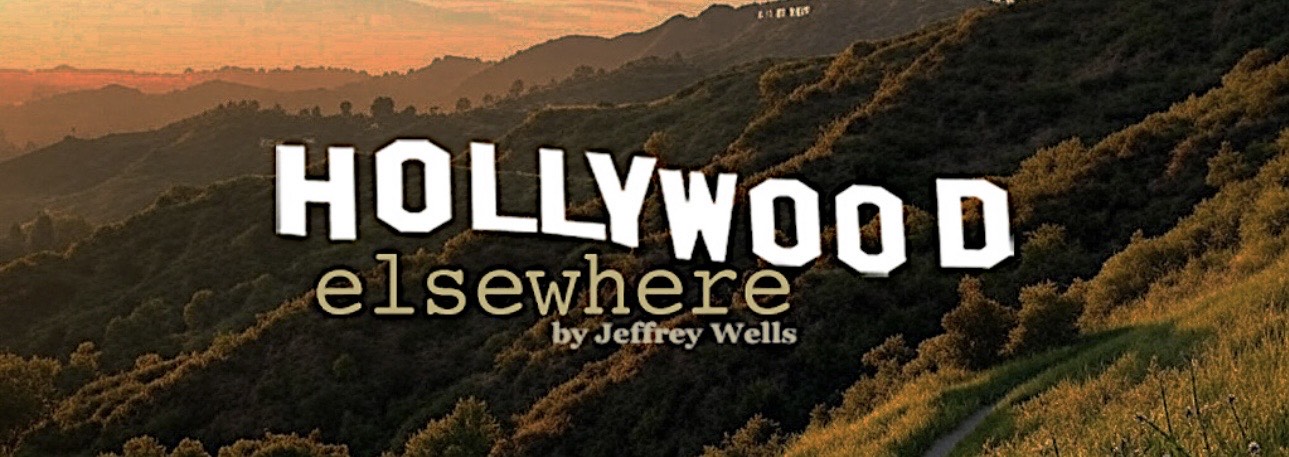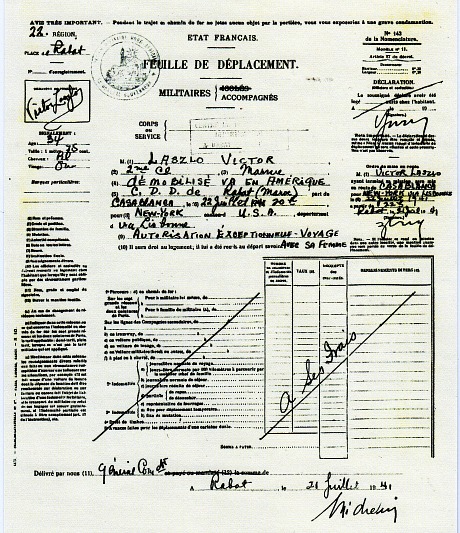It hit me the other day that the award-season argument factor isn’t as strong this year as it has been in the past. Everyone seems to be adopting a comme ci comme ca attitude. Nobody seems to be cranked up about anything. There’s certainly nothing this year to equal, say, the sharp aesthetic divide between The Social Network advocates and the soft saps who fell for The King’s Speech. There’s no conservative vs. liberal social values clash as exemplified by Crash vs. Brokeback Mountain for Best Picture. There’s certainly nothing to match the revulsion that some of us felt about The Artist or Chicago winning their respective Best Picture Oscars. There have been no serious take-down campaigns except for the one against Truth.
I’m not saying the season is entirely lacking in emotionalism, but that the bonfires aren’t burning as brightly as before. The 2015/16 season has been characterized by a series of small brush fires. What has stood out is the lack of real feeling about anything or anyone.
There have been, however, unexpected responses to films that many had presumed would at least score a nomination or two, or to films and performances that really had no business being nominated or awarded. Here’s how it tallies from this end:
(1) The late-inning resurgence of George Miller‘s Mad Max: Fury Road as a strong Best Picture contender, which was driven almost totally by critics group awards and not very much, it seemed, by Warner Bros. advertising and promo pushes. Emotional furnace level: 7.5.
(2) The curious but strangely passionate insistence by fans of The Martian that it deserves a Best Picture nomination. Make no mistake — this Ridley Scott effort is a highly intelligent, perfectly satisfying popcorn movie about a community of space agency types pooling resources to rescue a nice resourceful guy who’s stranded on Mars. There’s certainly nothing wrong with it. It’s totally fine. But Best Picture-nominating a film for simply being “likable” and/or selling a lot of tickets degrades the brand. Especially when its own distributor has encouraged its Golden Globes/HFPA classification as a “comedy.” Emotional furnace level: 6.
(3) The shameful dismissal of Love & Mercy as Best Picture contender by the blogaroonies for the reprehensible reason that it didn’t open during Oscar season and therefore didn’t really count. (Rationale: It doesn’t matter if their bread is sufficiently buttered with parties and ad buys — the movie HAS to open after Labor Day or it’s a no-go.) Ditto the corresponding under-support for Paul Dano, whose performance as young Brian Wilson was easily one of the year’s finest in whatever category (Best Actor or Best Supporting Actor). Philistines! Emotional furnace level: 9.


